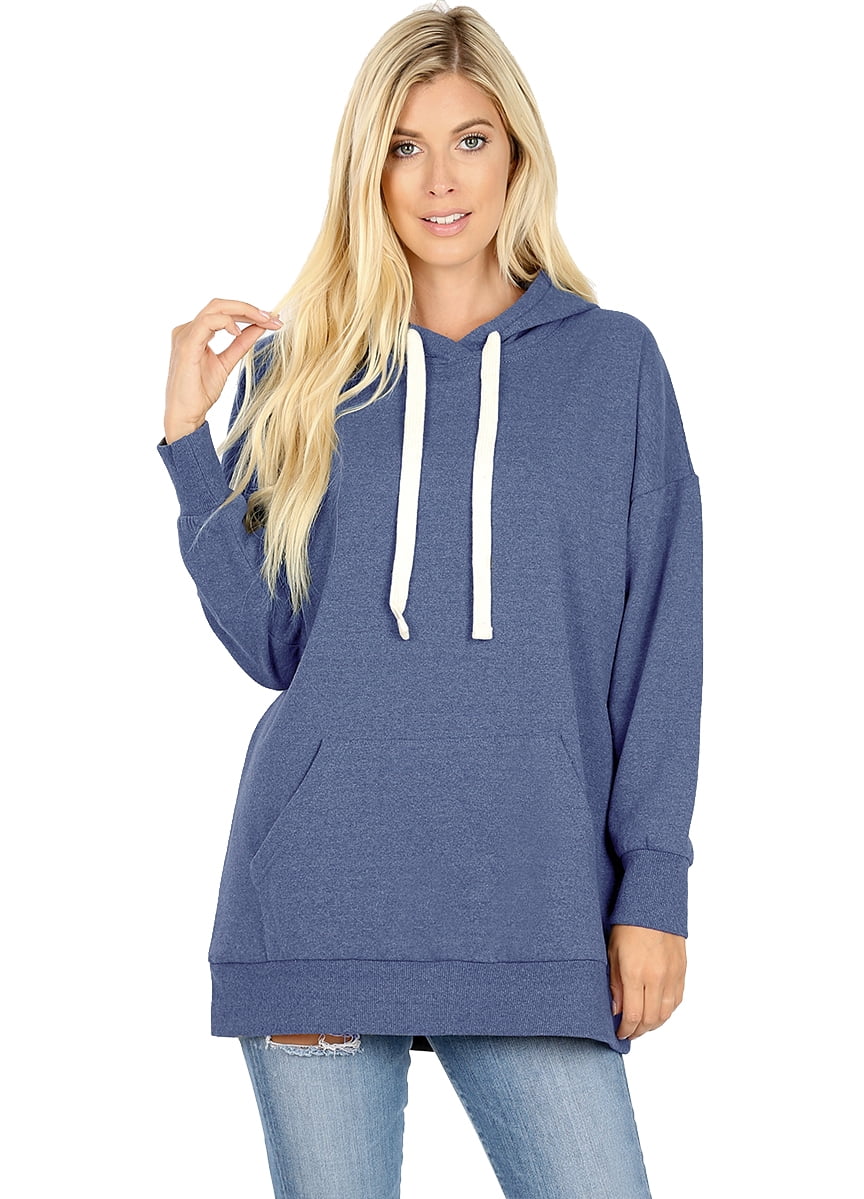Sweatshirts are long-sleeved, pullover tops that are made of thick cotton cloth. They are usually used for casual wear and are not as formal as sweater s or cardigans. They do not usually have the Hood. If you're interested in purchasing a sweatshirt, here are a few tips:
Norma Kamali sparked the appeal of sweatshirts
Since the late 1970s and into the late '70s, Norma Kamali has transformed the simple sweatshirt into an art. Her designs are now a staple in almost every woman's closet. Her distinctive styles range from a tummy-tucking crew neck to leather-paneled sweatshirts. Her clothing is also designed in unusual forms, such as tanks with an extended trumpet skirt.
A partnership of the designers and sweatshirt maker Everlast resulted in her Timeless line, which was hugely popular when it appeared in Spiegel's spring 2006 catalog. The collection was made up of knits that could be interchangeable or convertible with classic designs and many of the items were priced below $20. Even even if Norma Kamali's Timeless collection was not available in stores, buyers could still find the designs on eBay as well as Poshmark.
Merino wool sweatshirts tend to be more comfortable than sweatshirts made of soft wool.
Merino wool is well-known for its ability to remove moisture that help keep you dry and comfortable. Merino wool is an organic fibre that also offers a smoother and more comfortable feeling. It is also quick to dry compared to other natural substances. Furthermore, merino is a renewable resource. The merino sheep shed coats every year and regrow new coats.
The weight-to-heat ratio of merino wool makes it popular for sweatshirts . It aids in controlling the temperature of your body due to its natural loft, which traps heat between the fibers. This is why Merino wool sweaters are great for outdoor activities in the summer, such as mountain biking, hiking, and running. The warmth it provides keeps the wearer well-hydrated and cool, something that is crucial when exercising.
Zip-front hoodies feature kangaroo pockets.

Kangaroo pocket Hoodies are a very popular type of hoodies. These hoodies have a large pocket at the front which keeps your hands warm on chilly days. They are also more practical than traditional pockets, since they allow the hands to slide in and out effortlessly.
Kangaroo pockets are typically large enough to hold an entire wallet or smaller personal items. They're typically long enough to fit one hand in a smaller size and are large enough to accommodate two hands. They are wide on either side and are ideal for carrying small items.
French terry fabric is a very popular material for sweatshirts.
The French Terry fabric is composed of soft yarns made into loops, and is usually mid-weight. It is also renowned for its ability to wick moisture and is pre-shrunk. French Terry is a fantastic option for sweatshirts since it will keep you warm when you're in need and helps keep you cool when you're trying to cool off.
French Terry is also a popular choice for loungewearbecause it is stretchy enough and has enough flexibility to feel comfortable when you touch your body. It also allows air to circulate through the fabric, which makes it ideal for layering under other clothing. Furthermore, because it's lighter than other sweatshirts, you can wear it all year round without feeling too hot or cold.
Hoodies have classist connotations
While it may seem that hoodies are just an appropriate garment for those who are working class but the truth is that they carry classist connotations. Hoodies were first used in the early 70s New York, where graffiti artists would wear them to conceal their identities. In 1976 the hoodies were made famous in their appearance in the film "Rocky," when the protagonist of the film was a working class man in hooded gray sweats on his memorable climb to the top of the steps of the Philadelphia Museum of Art.
Hoodies are frequently associated with destruction, death and other unpleasant things, but they can also be used for practical reasons. For example, monks and priests can wear hoods to demonstrate the proper manner of dress and to focus on their inner self.
